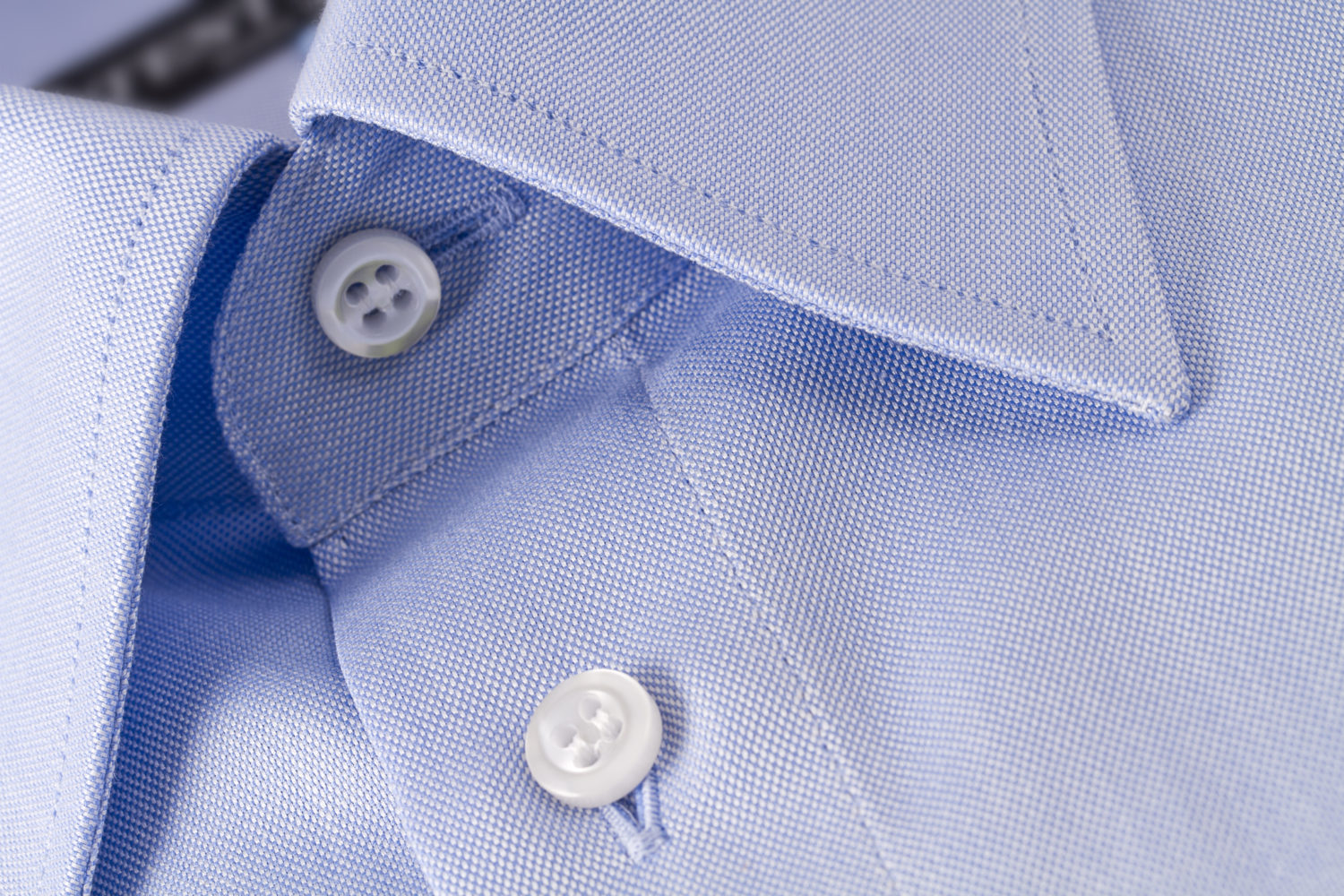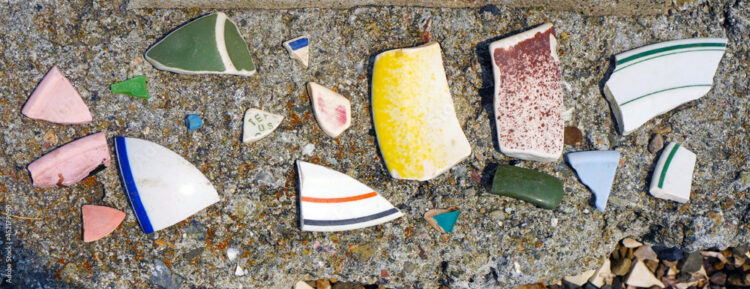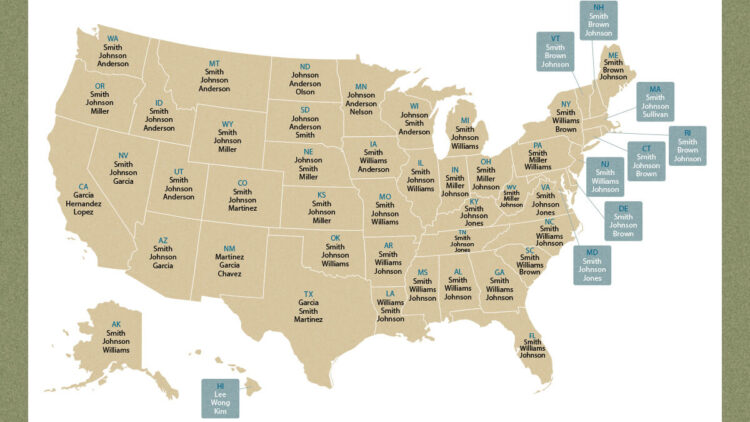Here’s Why Men’s And Women’s Shirt Buttons Are On Opposite Sides

Dress shirts are basically the extra virgin olive oil of your closet—they’re a staple. But have you ever wondered why men’s and women’s shirts button on different sides? Or if you’re shaking your head right now, have you even ever noticed this before?
Women’s shirts generally have the buttons on the left-hand side and close right to left, while men’s shirt buttons are usually sewn onto the right side or flap and close left to right. Go ahead, go check your shirts, we’ll wait here.
It’s such a small difference, but it’s totally bizarre. According to a segment on the Today Show, the reason dates all the way back to the 13th century when buttons were invented.
Once upon a time, buttons were a great luxury. This isn’t so surprising, considering the fact that they were made out of mother of pearl, tortoiseshell and other high-priced materials. Therefore, if you could afford buttons, you could also afford somebody to sew those buttons on for you and—here’s the clincher—fasten them, too.
Yes, you read that right—the buttons on women’s dress shirts are on the opposite side because once upon a time, a ladies’ maid was the one fastening them. Men, on the other hand, were considered capable of buttoning their own shirts.
Now you may be wondering: But how did men’s shirt buttons come to be on the right side? One of the best answers historians have for this is that armor used to lie with the left chest plate overlapping the right. Here’s the explanation that Smithsonian Magazine pulled from experts who’ve studied medieval dress:
“To insure that an enemy’s lance point would not slip between the plates, they overlapped from left to right, since it was standard fighting practice that the left side, protected by the shield, was turned toward the enemy. Thus, men’s jackets button left to right even to the present day.”
There are other theories that attempt to explain the gender button conundrum. Some say it was Napoleon’s preference that women’s clothes button differently than men’s, or because women rode side saddle with their legs to the left and the breeze was less likely to pass into her shirt if the flap closed to the right.
So why is this still the case today? For one, it’s pretty firmly baked into the manufacturing process at this point, and it’s also just one of those traditions we do because it’s the way it’s always been done.
Mystery solved—but maybe it’s time for an update?





